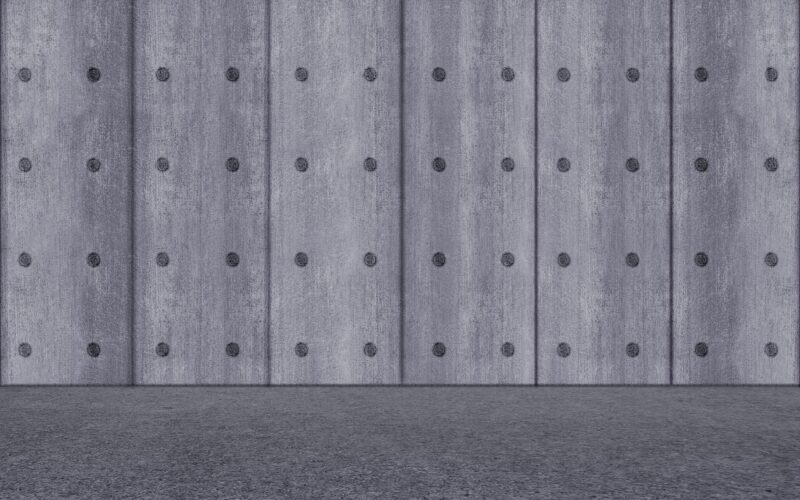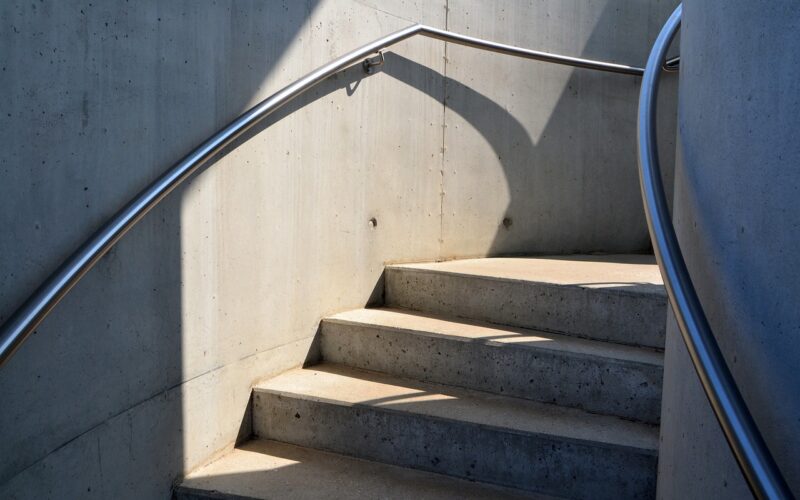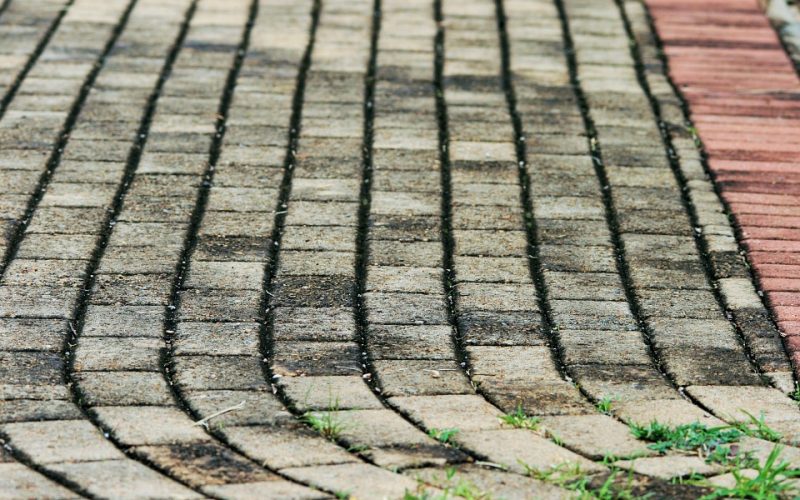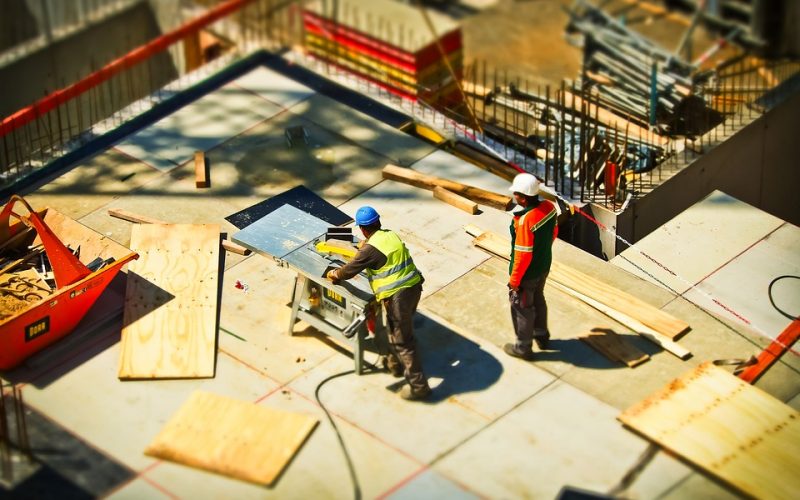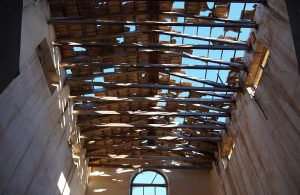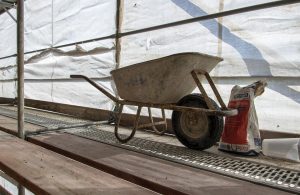Foamed Concrete
Large buildings contain a great deal of concrete. Floors, walls and ceilings can all be made with this versatile substance. Keeping these buildings from sinking into the ground is important. Concrete, even a light mixture, is very heavy. One of the best ways to solve this type of construction problem is to use foamed concrete. It can be made in varying densities and is lighter in weight than other concrete products. It retains the durability of regular concrete without the weight problems in large projects.
Creating foamed concrete is an additional process to regular concrete mixing. Once the regular concrete has been mixed, air must be added to create the basic product. This is done by using a special mixing machine to add the air and distribute it evenly throughout the mixture. As air is added, bubbles form inside the concrete. This is what makes it lighter. Once the air has been added and evenly distributed within the concrete, it is then foamed. This requires another specialized machine.
Foamed concrete is used in many places. Where wall and ceiling panels must be light, this is a useful product. When insulation is a factor, foamed concrete is a better choice for builders. The air bubbles inside the product add to the insulation. It can also be used to fill in concrete blocks and add an additional layer of insulation. Overall, it makes a lightweight insulator that has high durability. Creating specialized forms is another area where this product is useful. Transportation costs are also lower when building with preformed foam concrete.
There are a great many places this specialty concrete is useful during the building process. Its ability to provide greater insulation is an important selling point. It can be used to lighten walls and ceilings in large buildings. It also enhances the insulation factors of cinder block and cement block construction when used as filler. Because specialized tools are necessary, it does add to the cost of mixing. In the long run, this product provides durable insulation and lighter weight concrete structures. That may tip the balance in favor of foamed concrete.

